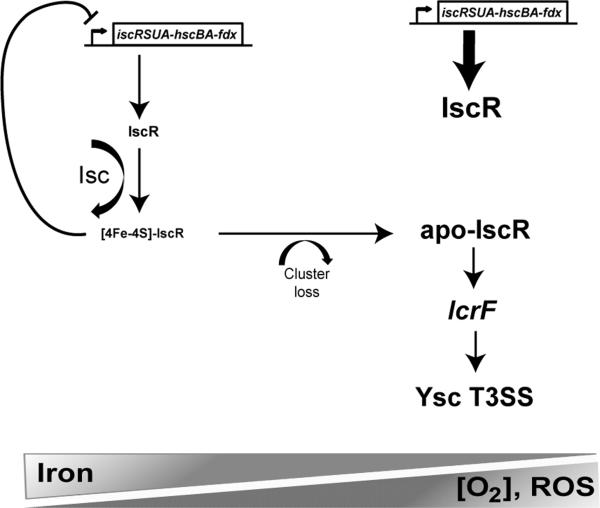Figure 2. The mechanism of IscR-dependent Ysc T3SS regulation during enteropathogenic Yersinia infection.
A model of IscR control of the Yersinia Ysc T3SS under differing iron availability, oxygen tension, and ROS concentration. Under anaerobic, low ROS conditions where Yersinia is able to obtain iron, such as the gut lumen, transcription of the isc operon should be limited due to sufficient [2Fe-2S] cluster loading onto IscR (holo-IscR)208, which recognizes a type 1 DNA-binding motif in the isc promoter to repress transcription in a negative feedback loop139. Ysc T3SS expression is predicted to be low under such conditions. However, in tissues that are iron-poor (such as the blood), rich in ROS (such as inflamed tissue), or high in oxygen tension, apo-IscR is predicted to accumulate, leading to stimulation of type II motif-containing promoters including the promoter upstream of the gene encoding LcrF, the Ysc T3SS master regulator139. This upregulation may allow increased T3SS expression in niches where Y. pseudotuberculosis requires its T3SS to inhibit uptake and killing by phagocytic cells.

